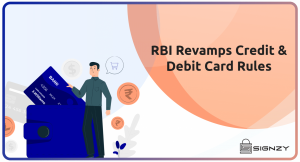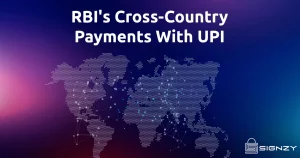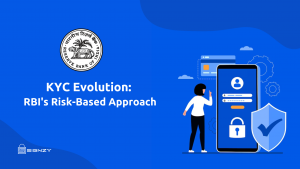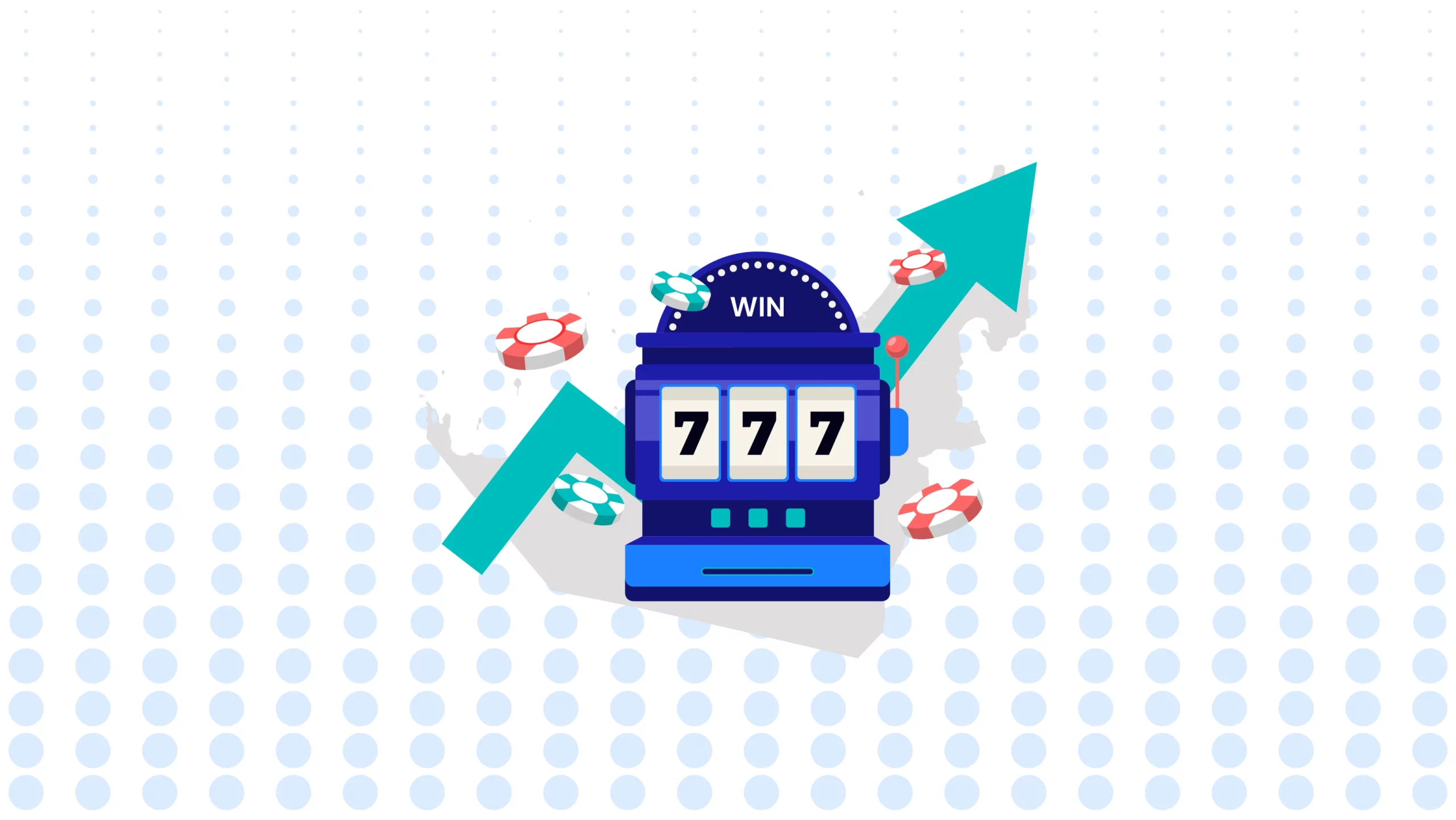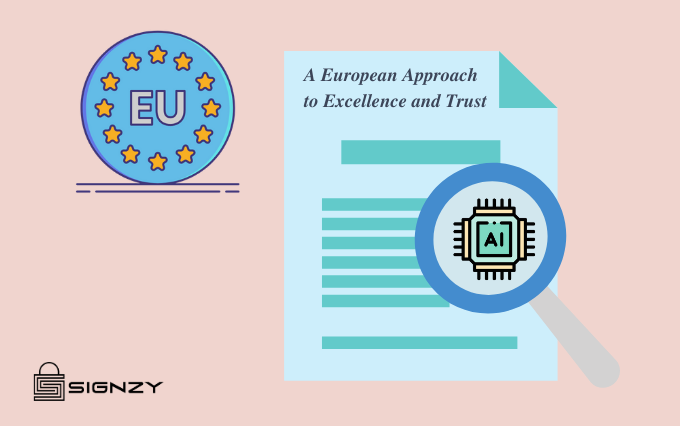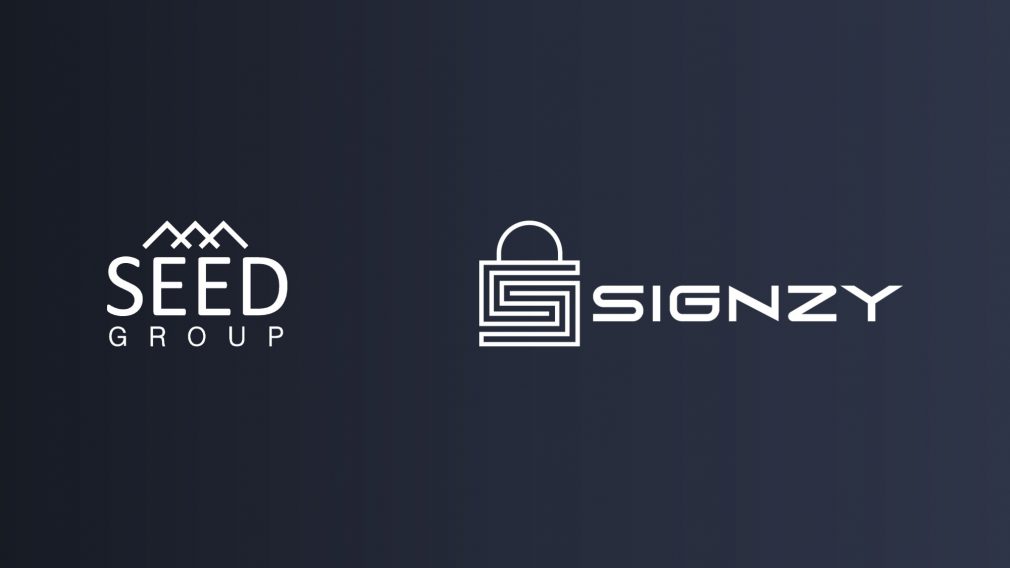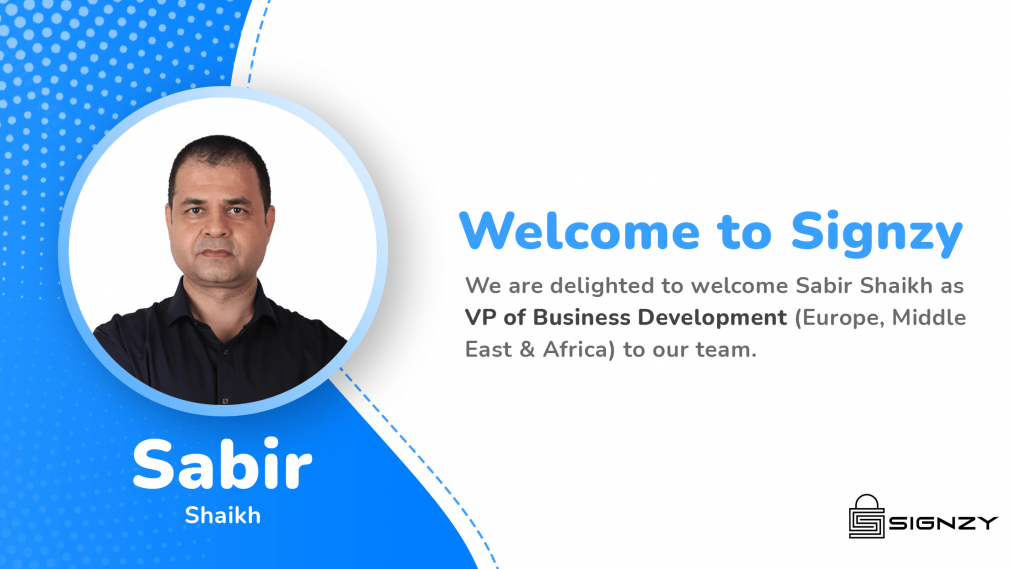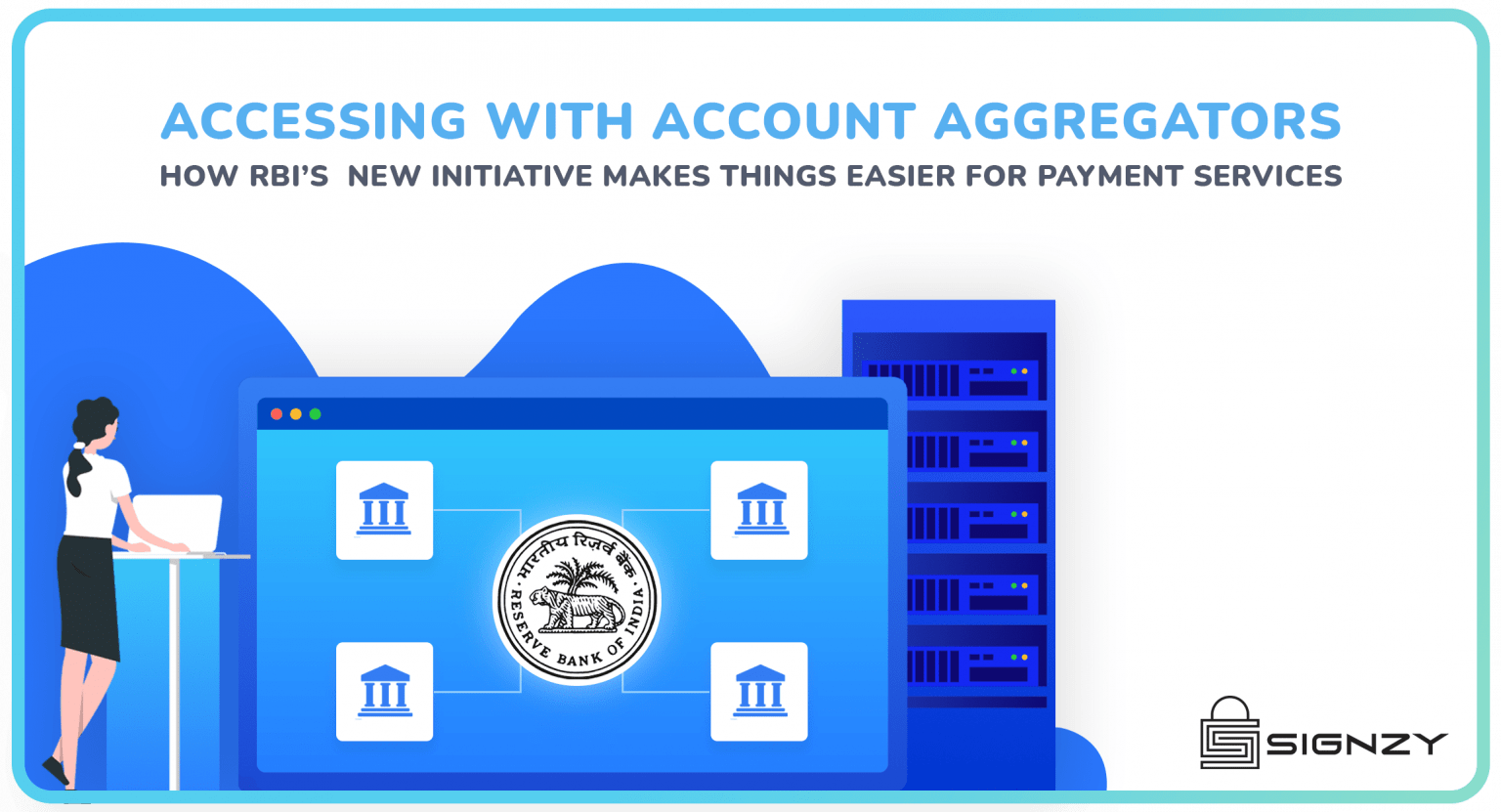RBI has unveiled the guidelines for ‘offline KYC’- a significant move towards reducing the woes for fintech companies and easing the customer onboarding process. These regulations have opened up new avenues for fintech companies to innovate their leverage of the Aadhaar database.
Fintech startups have been desperate for modifications to the KYC to make it easier to onboard customers remotely. In a statement from RBI, “Banks have been allowed to carry out online verification using Aadhaar identification of an individual who voluntarily uses their Aadhaar number for identification purposes.
For offline KYC, companies can capture customer details using a QR code or an XML-based process laid out by the Unique Identification Authority of India which manages Aadhaar- the biometric database of residents.
After this move, RBI has added ‘proof of possession of Aadhaar number’ to the list of OVDs (Officially Valid Documents).
Let’s explore in depth what this move means for the consumers and the financial institutions.
Why Use Aadhaar Offline Paperless e-KYC?
Through Aadhaar offline KYC, UIDAI provides a mechanism to verify the identity of an Aadhaar card holder through an online electronic service. This e-KYC method facilitates an authenticated instant verification of identity and substantially lowers the cost of paper-based manual KYC.
This method is usable by all agencies who have the following:
- Reliable internet connectivity.
- The right technical infrastructure to call online e-KYC service and deploy services at their end (as and when necessary).
- A method to capture the biometrics of a resident.
UIDAI maintains each KYC request in a record to carry out audits.
The Merits of Aadhaar Paperless Offline e-KYC
Here are a few reasons why offline e-KYC is the right move toward a digital future:
Privacy of information
- KYC data can be shared by the cardholders without the knowledge of UIDAI.
- The Aadhaar number of the resident is not revealed. Only a reference ID is shared with the agency.
- This offline verification method does not need any of the core biometrics, such as fingerprints or iris detection.
- The Aadhaar cardholders get a choice of the data (within the demographics data and their photo) they want to share.
Security
- When the Aadhar number holders download their Aadhaar KYC data, it is digitally signed by the UIDAI to detect fraud and tampering to authorize the use of that data.
- Any agency can validate the data with their own OTP or face authentication methods.
- The Aadhaar number holders provide a phrase which is then used to encrypt their KYC data- allowing consumers more control over their data.
Inclusion
- Aadhaar paperless offline e-KYC is a voluntary, number holder driven method.
- Any agency can use this method for identification and verification with the approval of cardholders allowing wide usage of the technology.
Any agency with the right infrastructure to support face identification using facial recognition, AI, and ML will be able to leverage this opportunity for its full potential to improve customer onboarding for remote customers.
How does Aadhaar Paperless e-KYC Work?
- Aadhaar paperless e-KYC eliminates the need for cardholders to make a copy of their Aadhar letter. Instead, they can download the KYC XML and provide that to the agency wanting to do their identity verification.
- The agency will have to go step-by-step with a detailed procedure to verify the KYC details given by a resident.
- The KYC details are captured and shared in a machine-readable XML format which is digitally signed by UIDAI to verify its authenticity.
- The agency can choose to verify the customer through their own facial verification software.
The following fields are included in the KYC data when customers download it:
- Resident name
- Reference number for download
- Address
- Photo
- Gender
- Dob
- Mobile number in a hashed format
- Email in a hashed format
Aadhaar offline KYC data is encrypted using a ‘Share Phrase’ given by the customer at the time of downloading data which they need to share with an agency for them to read and access that data.
Read on here to learn the simple steps of downloading and accessing Aadhaar e-KYC data.
Adoption of e-KYC
The incorporation of offline KYC is a welcome step for fintech companies. However, some digital payment companies think the process is a bit complex compared with the biometrics or OTP based KYC that has been the present norm for authentication and validation.
Thus, companies believe the method could be difficult to scale.the guidelines, however, show a way to encourage mass adoption of offline KYC, in three steps:
- Paperless XML
- eAadhaar PDF
- Secure QR code scan
Now, the payments industry is waiting for the incorporation of e-KYC norms for non-banks, concerning an order by the Department of Revenue on May 9. As of the current regulations, RBI prohibits e-KYC for any non-DBT (Direct Benefit Transfer or subsidy-linked) accounts.
For carrying out the customer identification of non-DBT beneficiaries, the REs should obtain a certified copy of any OVD containing the details of his identity and address along with one recent photograph.
Following the Supreme Court judgement on Aadhaar in 2018 and in order to address privacy concerns and limit data sharing,The use of offline KYC can surely be an innovative solution for identity verification wherein verification can be done without sharing biometrics or even Aadhaar number.
About Signzy
Signzy is a market-leading platform redefining the speed, accuracy, and experience of how financial institutions are onboarding customers and businesses – using the digital medium. The company’s award-winning no-code GO platform delivers seamless, end-to-end, and multi-channel onboarding journeys while offering customizable workflows. In addition, it gives these players access to an aggregated marketplace of 240+ bespoke APIs that can be easily added to any workflow with simple widgets.
Signzy is enabling ten million+ end customer and business onboarding every month at a success rate of 99% while reducing the speed to market from 6 months to 3-4 weeks. It works with over 240+ FIs globally, including the 4 largest banks in India, a Top 3 acquiring Bank in the US, and has a robust global partnership with Mastercard and Microsoft. The company’s product team is based out of Bengaluru and has a strong presence in Mumbai, New York, and Dubai.
Visit www.signzy.com for more information about us.
You can reach out to our team at reachout@signzy.com
Written By:

Moni Gupta
